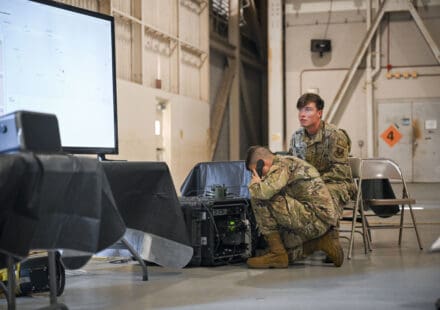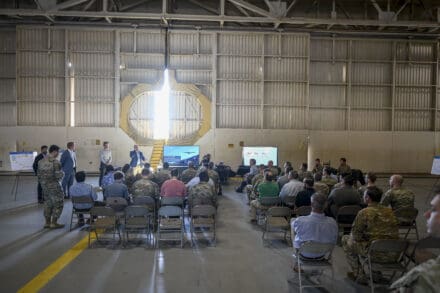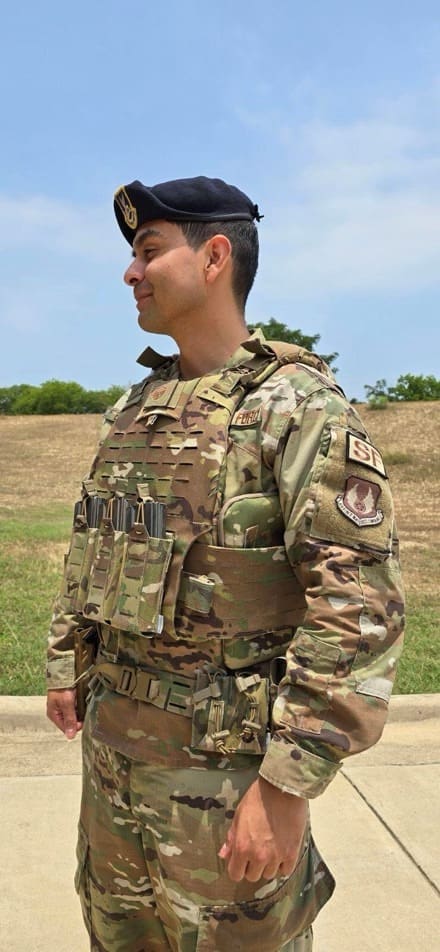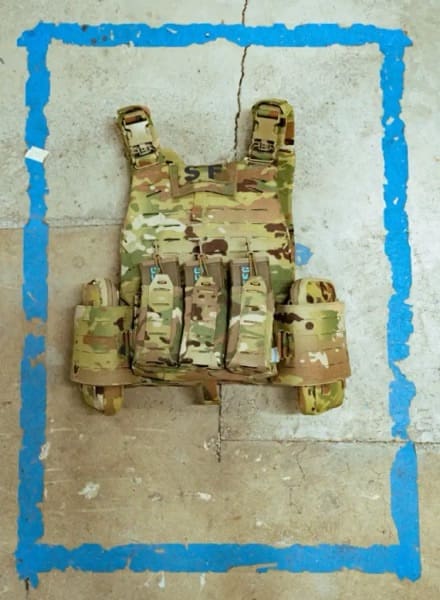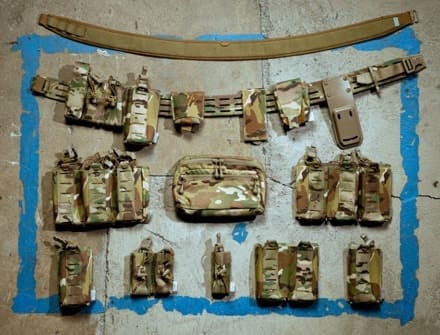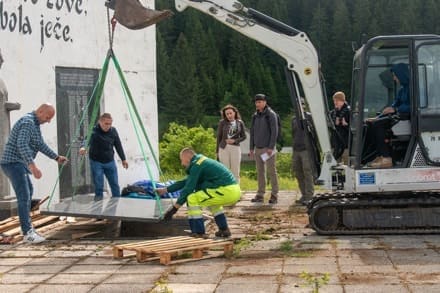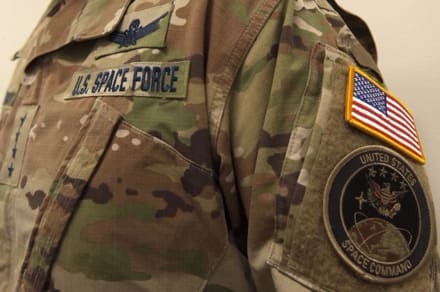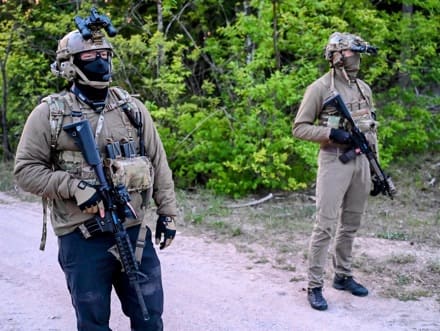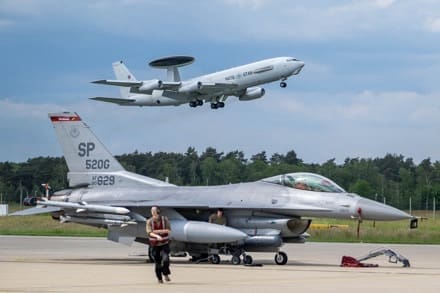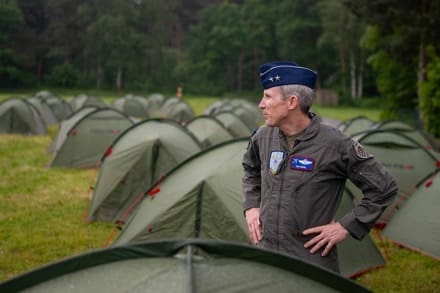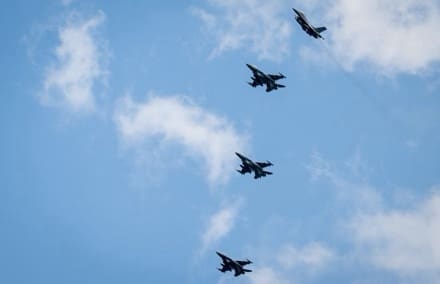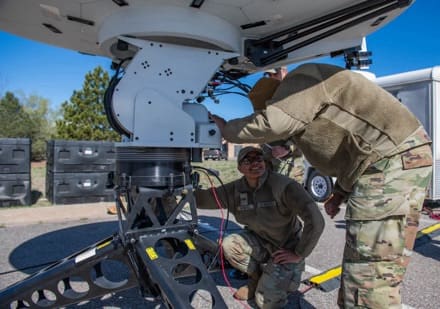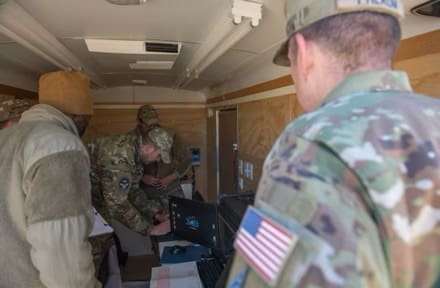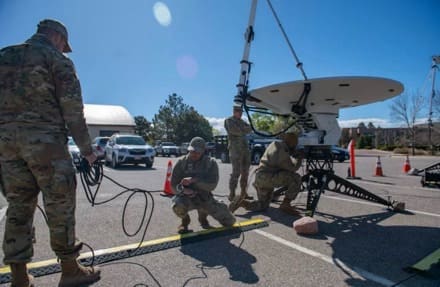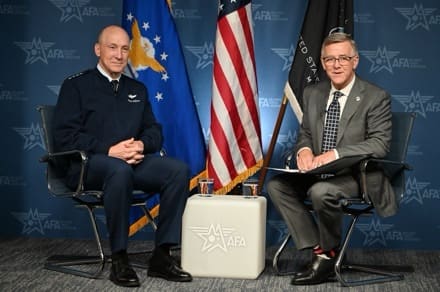
ARLINGTON, Va. (AFNS) —
Adding detail and context to an ambitious effort for “reoptimizing” the Air Force, Chief of Staff Gen. David W. Allvin said in separate appearances June 13 and 14 that changing the way the Total Force trains, plans, modernizes, and is equipped must succeed for the Air Force to meet emerging challenges from China and other competitors.
Speaking first at an Air & Space Warfighters in Action session June 13, Allvin said the Air Force has made real and tangible progress instituting elements of a broad strategy announced in February to evolve how the Air Force develops people, generates readiness, projects power, and develops integrated capabilities.
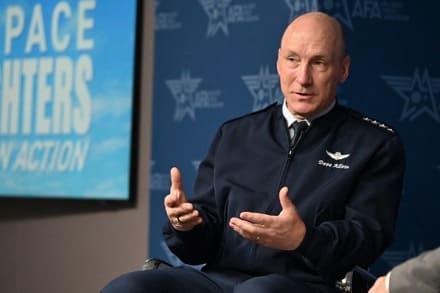
Allvin pointed out, for example, progress in reinstituting warrant officers to help fill and keep personnel with in-demand skills such as cyber and information technology. That effort, he said, is well underway, with the warrant officer selection board scheduled to convene this month and the announcement of selects tentatively scheduled for late July.
The service started soliciting applications from April 25 to May 31 for Airmen aspiring to become the inaugural cohort of warrant officers in information technology and cyber careers.
He also provided an unambiguous rationale for the undertaking and why Air Force leaders insist on pushing it forward with urgency.
“We are finding that it is more difficult to retain the cyber talent that we spend a lot of time investing in, and that is going to be so critical to us going forward,” Allvin said at AFA. “We believe this is going to be a good path to ensure that we have the talent for today and tomorrow in a very cyber-heavy force that we’re going to need.”
Separate efforts to assemble, train, and deploy so-called “Air Task Forces” are moving briskly. These units will work and train together throughout the AFFORGENcycle to deploy as Units of Action in fiscal year 2026. The introduction of ATFs marks a significant milestone in the journey toward modernization and readiness, laying the groundwork to ensure the Air Force maintains a competitive advantage over the pacing challenge, he said.
“We have an advancing threat the likes of which we haven’t seen for decades,” Allvin said at AFA. He went on to say, “a key piece of reoptimization is taking all our Airmen and developing them with a common understanding of that threat … That’s central to being ‘Mission Ready Airmen’.”
In addition to understanding the threat, Mission Ready Airmen comprehend the service’s unique and inherent capabilities to defend against the threat.
“If we believe that the future of national defense and the joint force is going to require some of the attributes that exist in our air and space forces, then we have a requirement to not only be able to participate in the joint force, we need to be leading it. The character of war is privileging the things that airpower has been doing for a long time.
Air Force Chief of Staff Gen David Allvin
In a media session June 14 at the Pentagon, Allvin expounded on his comments from the day prior and discussed the need to be “One Air Force.”
“We are taking an Air Force that has been somewhat fragmented due to the strategic environment over the years and really better aligning it and coming back to be one Air Force with one force design, one unit of action type, and one Airmen development concept,” he told a group of reporters.
Near the end of the hour-long session with reporters, Allvin articulated his long-term commitment to the reoptimization effort and better integrating the force.
“I got about a little less than three and a half years left [as Chief of Staff] … and this [reoptimization] is what I am going to be about. It will be nonstop. That I can promise you,” Allvin said.
By TSgt Nicholas G. Koetz
Secretary of the Air Force Public Affairs



